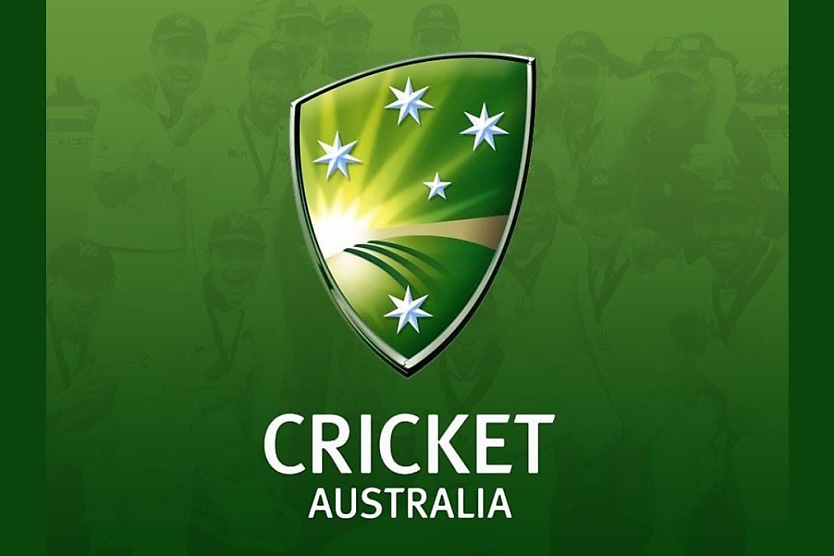
The sporting world may not be at the forefront of workplace discourse, but just like any other organisation, there are challenges that are parallel with the rest of the workforce.
Talking at Culture Amp’s Culture First Global event, Cricket Australia chief executive Nick Hockley discussed some of the challenges facing the organisation and what techniques were used to overcome these hardships.
“I’ve been working in Australian cricket for 12 years and then been in this role coming up to four years. And I suppose my start in this particular role, CEO of Cricket Australia, came at a really, interesting and difficult time for everyone. It was June 2020, three months into the pandemic,” Hockley said.
“Basically, borders were closed. We’d had a really difficult and challenging time as a sector, but, for the organisation, it was a very challenging time. Eighty percent of the staff was stood down on 20 per cent pay. There was a lot of uncertainty around what was what was to happen.”
As many other sectors will recall, the pandemic tipped the workforce on its head, and many were forced to reduce headcounts due to shifting practices and decreased demand.
“On my second day, I had to execute making around 12 per cent, or 40 people, redundant. So, a really challenging time,” Hockley said.
Overcoming these challenges, as for many in this period, required a little forward-thinking. With the uncertainty comes the need for new and exciting solutions, and Cricket Australia’s came in the form of people and culture.
“[For getting through adversity] I suppose the first thing is setting a really super clear plan and making sure everyone’s really clear on that plan and then role modelling the culture that we want to want to live and aspire to,” Hockley said.
“I firmly believe that a strong culture is actually business critical to high performance and to get things done … And there were lots of people across the organisation that were really, just the recipients of decisions, and we were having to be reactive as opposed to proactive.”
“We’ve written a five-year strategic plan, which we’re 18 months into. We’ve reset the organisational values.”
Bringing people and culture into the decision-making process can help to put the wants and needs of a company’s most important asset: the people, first.
Hockley said: “If anything, for me, the role of people and culture lead has just become more and more crucial. And I think it absolutely should sit at the top table of the organisation.”
“As well as selling strategy and putting in place all the tools to make sure we’re aligning performance management, leadership capability, all of those, I think what I would call more functional HR elements, it’s really being the eyes and ears and considerate around the mood in the organisation, how we’re going from a culture perspective.”
Helping to drive this vision is Allison Robison, EGM people and culture at Cricket Australia. She noted that people and culture should be the “eyes and ears” of the organisation and assist in steering the company. Further to that, however, is making sure that culture is promoted from the top leadership.
“I see my role as working with Nick and our broader executive team to make sure that we’re all really taking that opportunity to listen and learn, but also to lead the way, as Nick said. The leadership team has to be modelling the culture that we want,” Robison said.
“It takes all of us as leaders to build that and show the way forward … We’re certainly not a finished product. We’re very much a work in progress, and we had quite the challenge to really connect people back to the spirit of the organisation. For me, how I describe culture is, it’s how our people experience their environment every day. And that sense of connection to our strategy, to our purpose and vision, to our values of the organisation.”
An effective way to promote culture in decision making, said Robison, is to be transparent with employees. Through openness, people feel valued and engaged.
“Our people and culture strategy really encompasses everything, from being really transparent about what we’re doing on engagement and the things that we need to do to get where we want to be, initiating leader development and really being focused on brilliant experiences for our employees, at every stage of their employment with us. Looking at the things that we’re doing in the diversity and inclusion space, and we had quite a bit of rebuild to do there around things like just getting the right levels of diversity in our leadership teams and through the organisation, tackling our gender pay gap to where we are today as industry leaders in sport,” she said.
“So, it’s been an interconnected strategy working on a range of things to get the organisation to where we want it to be. And as I said, there’s still a lot to do, but we’re seeing some really positive signs of the change that we want to really be reflected every day.”
RELATED TERMS
Your organization's culture determines its personality and character. The combination of your formal and informal procedures, attitudes, and beliefs results in the experience that both your workers and consumers have. Company culture is fundamentally the way things are done at work.
Jack Campbell
Jack is the editor at HR Leader.










